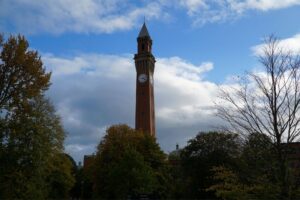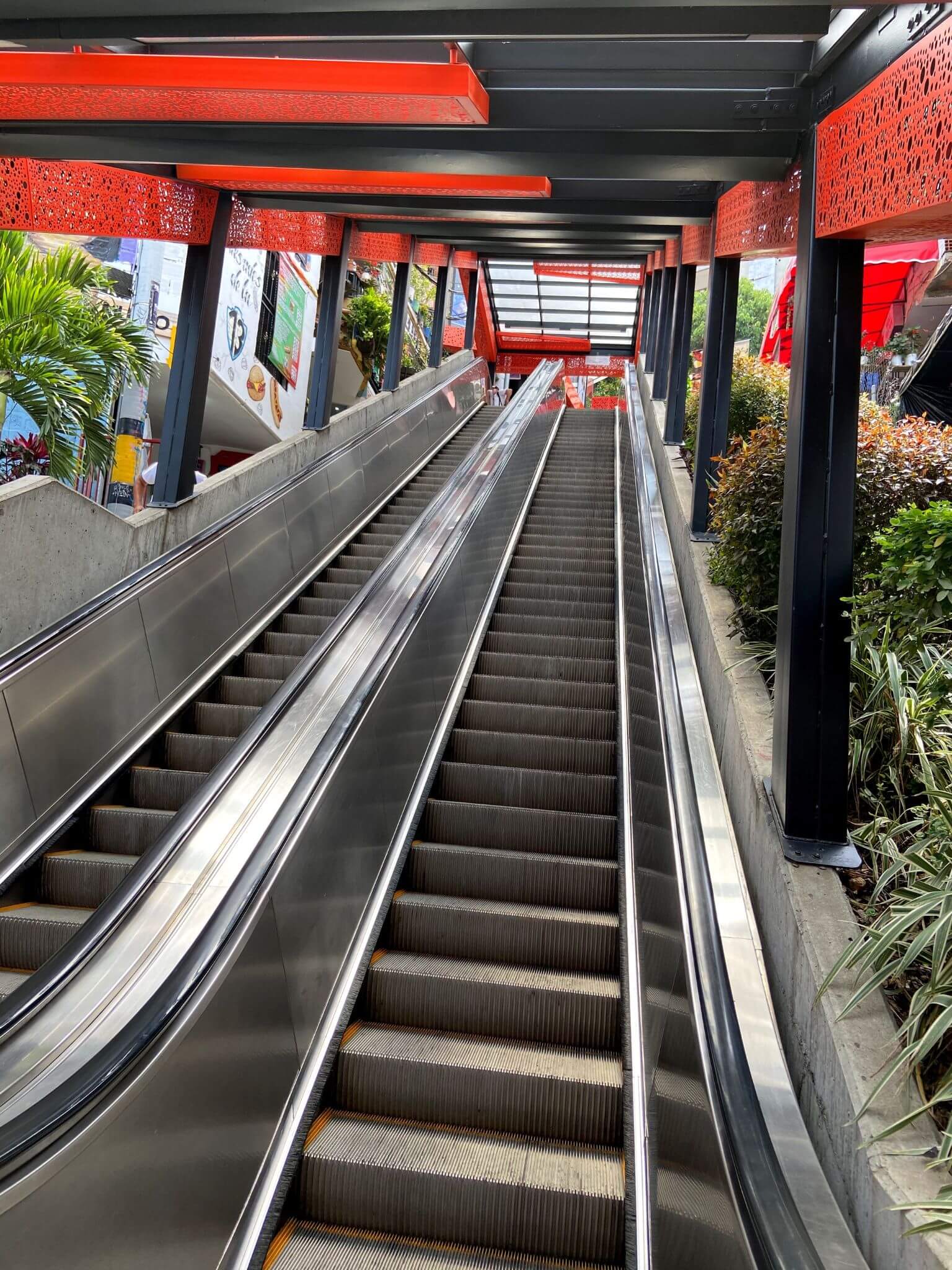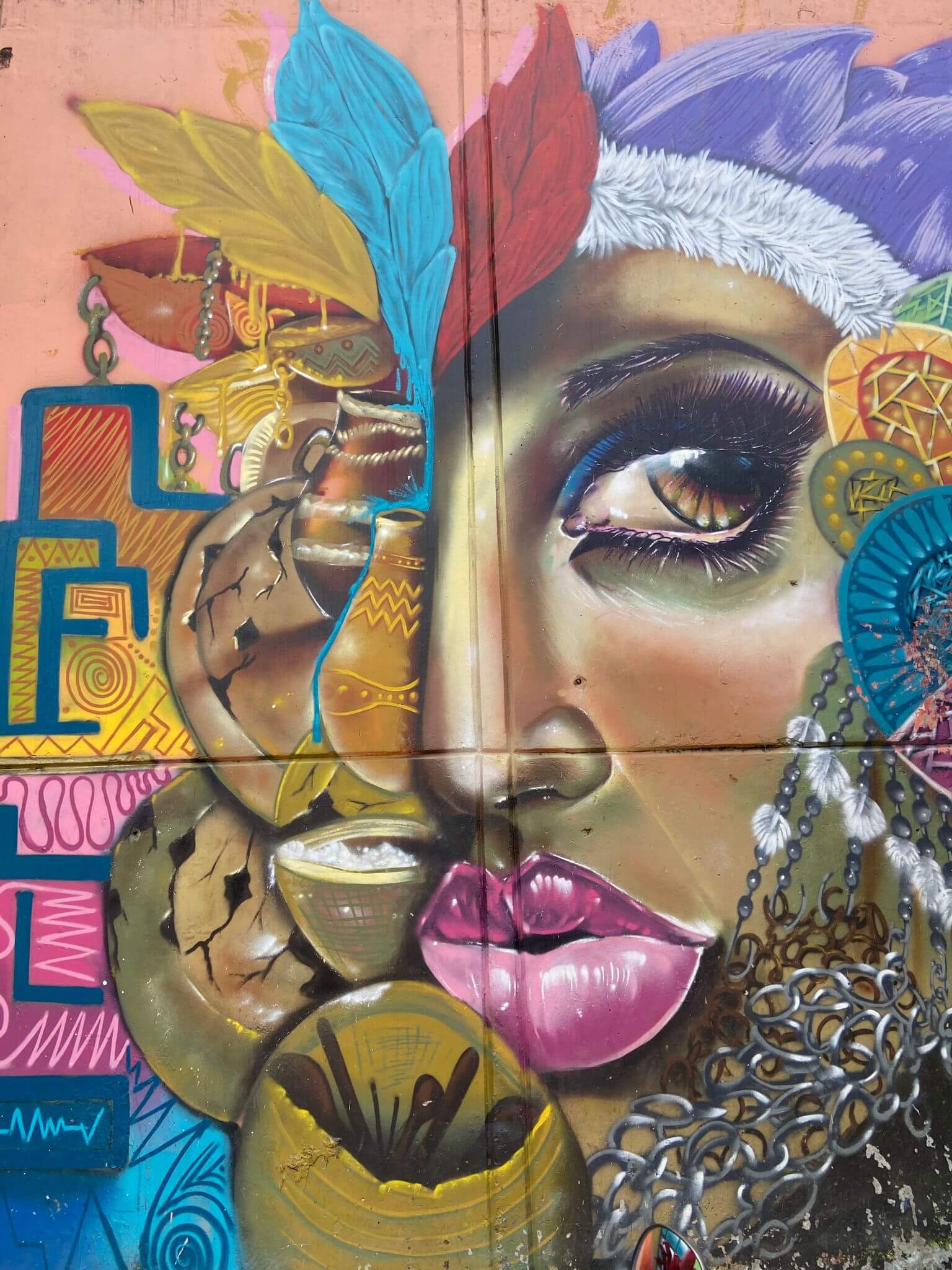
Birmingham Tolkien Trail: The Original Lord of the Rings Tour
United Kingdom | The complete guide to the Birmingham Tolkien Trail; the original Lord of the Rings tour. Discover what inspired J.R.R Tolkien’s fantasy epic!
What are your first thoughts when you think of Medellin? The violent city at the heart of Pablo Escobar’s infamous reign of terror? A lawless haven for criminals and crooks that led to the UN granting the metropolis the unwanted honour of second place in a list of the most dangerous places in the world, behind only the Gaza Strip?
Yes, that was only 10 years ago. Time has a remarkable habit of delivering change, and the change in Medellin has been nothing short of remarkable.

My opening statement stems from a fantastic tour of Comuna 13, a neighbourhood at the epicentre of Medellin’s deadly reputation. Formerly a poverty-stricken hillside barrio housing some of Colombia’s most powerful cartel and paramilitary figures, the transformation of this colourful area is a shining example of social change. I’d received a recommendation to use Zippy Tours and their free walking tour, as their guides are all local people with intricate knowledge of the area and it’s history.
Although listed as a graffiti tour, there’s a lot more substance to this activity with detailed information provided on the social, economic and educational reforms within the community. After admiring some incredible graffiti on the streets of Cartagena, I wondered how Comuna 13 would compare. I was not disappointed.

After assembling at the meeting point, we commenced on our route through the streets surrounding San Javier up to Comuna 13. Our guide was Esteban, a 21 year-old resident from the neighbourhood who re-located to the area from the countryside at the age of 10 years old. He delivered the tour with perfection, combining a high-quality blend of factual information with personal, and at time’s emotive, stories from his own experience.
He described how as a young child, it was a significant change from playing outside with friends to moving into the barrio and having to stay in the house due to the constant threat of danger. Regularly engaging with the group, he also asked our thoughts on, “if everybody has a price”. Whilst most of the people on the tour said they did, he again reflected on a personal story that drove home how the community was fraught with danger during the troubles.
His father was a local politician who had been kidnapped and threatened by one of the local gangs; he was given the choice of either quitting office, collaborating with their illegal activities or death. He chose the former and when asked why, his answer was that it was down to “values”. A very brave man indeed.

Walking the group through the streets and pointing out various locations, Esteban explained how there are six social classes in Colombia – six being the very wealthy and one being the poorest. Many of the people in Comuna 13 find themselves in the bottom two categories. One fascinating aspect of the tour came when viewing the Los Independencias mountain from below. Covered in a sprawling, uneven arrangement of housing across the hillside, the slopes became home for 1200 residents who turned up and simply began building accommodation. This was as a result of the great displacement of people from the countryside to the cities after paramilitaries seized land and began renting it to the cartels. It’s crazy to think that these people received no support from the government at that time, but equally inspirational that they took matters into their own hands and tried to build a community with what very little they had.

The reason that Comuna 13 became a hotbed of violence was as a result of three of the major five criminal organisations having a presence there; each attracted by its proximity to highways that ran to the Caribbean and Pacific coasts in order to move drugs or conduct other illegal activities. It was amazing to think that only years earlier this neighbourhood had been a complete no-go area. I felt safe throughout the tour and Esteban was regularly greeted by locals throughout. As we moved deeper into Comuna 13, the famous graffiti murals adorning walls on every street came into view.
It was interesting to hear about the specific stories behind each piece of art and what they portrayed; if anything it’s not mindless vandalism but well-thought out, meaningful art adding colour and value to the community. There are also rules when creating a new piece of art as, understandably, the local people are very passionate about their graffiti. If you want to paint over someone else’s mural, you must have the approval of both the artist and the local community – furthermore, your idea must be better! They haven’t amassed such a world-class offering of street art without implementing such stringent measures.
Check out… @chota_13, a local Comuna 13 graffiti artist, on Instagram.

Another perk of the tour is that it supports local businesses selling various foods to satisfy any cravings developed throughout the walk. A local couple stopped by selling homemade brownies and we briefly stopped outside a takeaway where an elderly lady was selling some wonderful empanadas. It was all done in a nice, introductory fashion; never forced upon you or made to feel obligated to purchase. The fact that the food was delicious, alongside providing support for local people, was only a bonus.

The atmosphere throughout was great. Local teenagers had set up some decks outside by the basketball court and were DJiing, creating a raucous but party-like atmosphere as we made our way up the streets to the famous escalators. The introduction of this infrastructure has been a real game changer for the residents of Comuna 13.
Local people can now easily make their way down the hillside to access the metro and other public transport in order to reach their jobs in the city centre, whilst the elderly are no longer isolated at the top of the barrio relying on others to deliver their shopping. It’s really united the community and improved what was once a bleak economic outlook, playing a key role in the transformation of this amazing area.

Esteban finished the tour with a summary of the transformation undertaken by Comuna 13; he’s clearly very passionate about his community and many stories he shared certainly connected with the group emotionally. He made clear that a number of factors had proven critical in turning the area around – chiefly dialogue, education and infrastructure.
During the two and a half hours in his presence, I’d learnt a substantial amount about not only Comuna 13 but Medellin as a whole. I’d been educated on the need to protect the next generation, ensuring they have the tools at their disposal to be successful and avoid the path to crime. I’d understood the importance of community, looking out for others and working together to build a better future. He concluded with two final, hard-hitting points that struck a chord with me:
If we can all take this message and implement these points, the world would be a better place. We may even be able to avoid another impoverished, violence-stricken neighbourhood replacing Comuna 13 as the second most dangerous place in the world.

Share this article with friends on social media…

United Kingdom | The complete guide to the Birmingham Tolkien Trail; the original Lord of the Rings tour. Discover what inspired J.R.R Tolkien’s fantasy epic!

United Kingdom | A complete guide to the Sarehole Mill Tolkien Tour, where you can uncover the inspiration for J.R.R Tolkien’s The Lord of the Rings.

Depth of Mind is a travel blog providing honest, trustworthy advice to help aspiring travellers achieve an authentic travel experience.
All rights reserved – photography cannot be used without the express permission of the author.
© Depth of Mind 2019-2023
SIGN UP FOR THE NEWSLETTER
